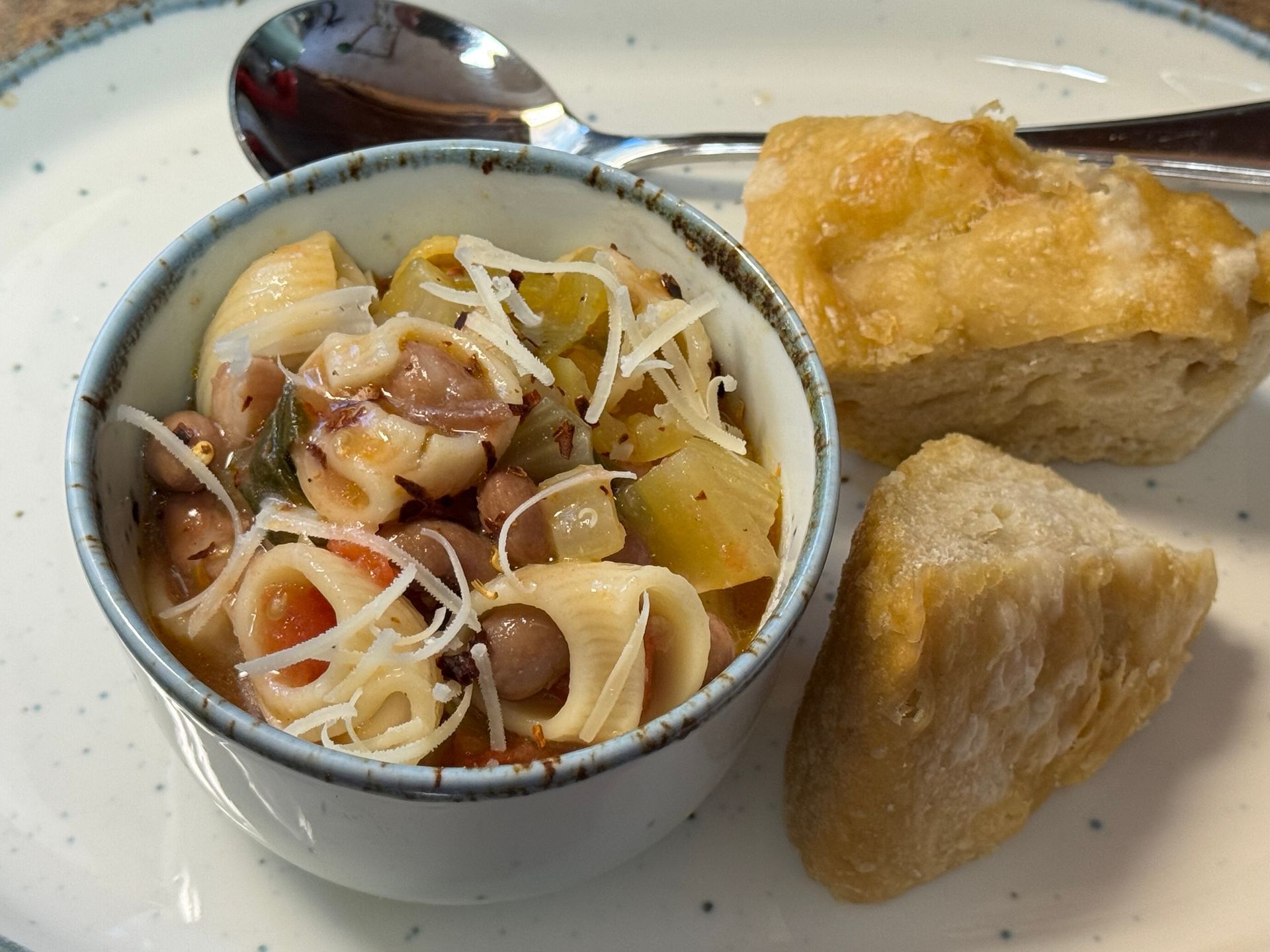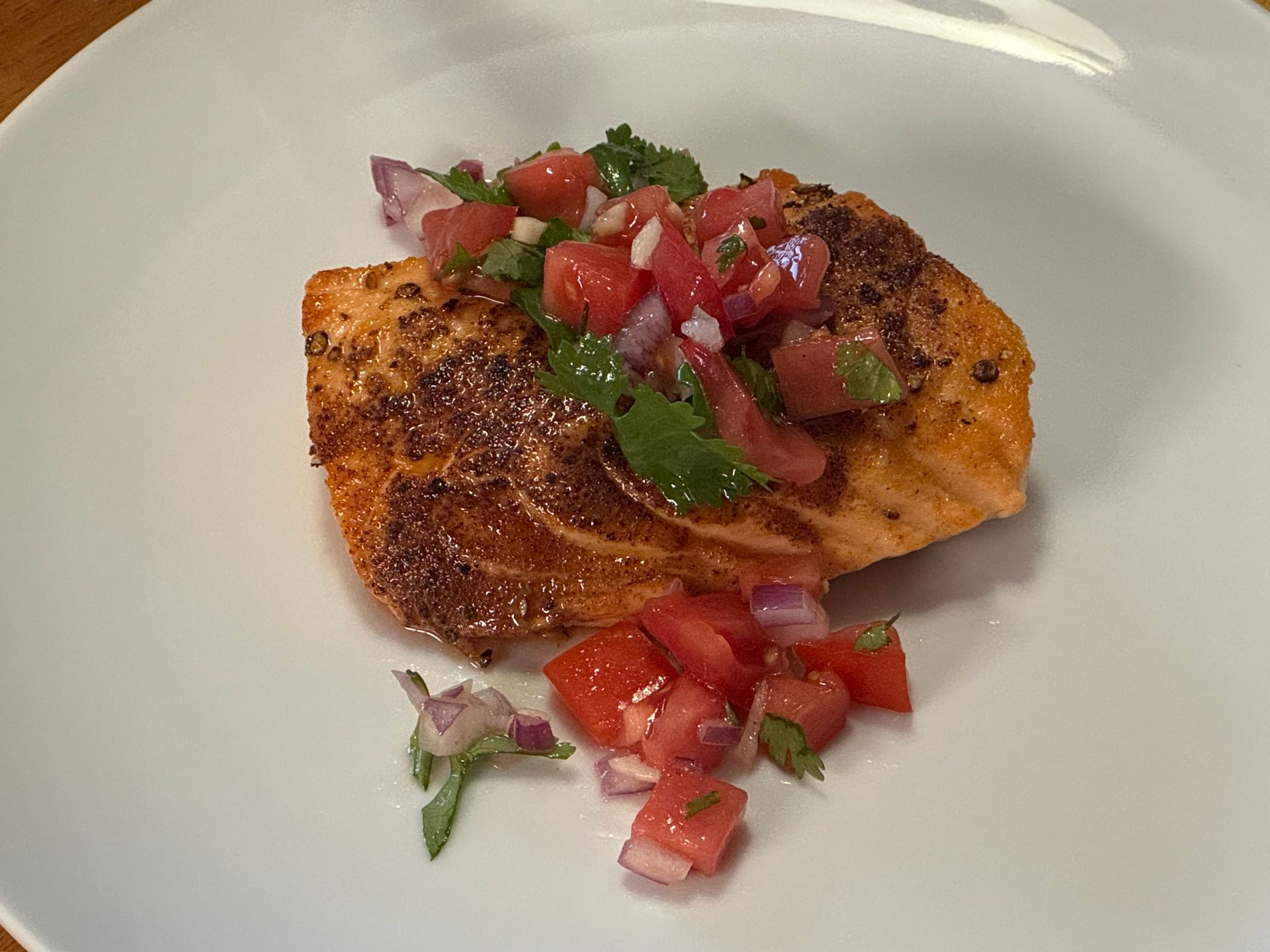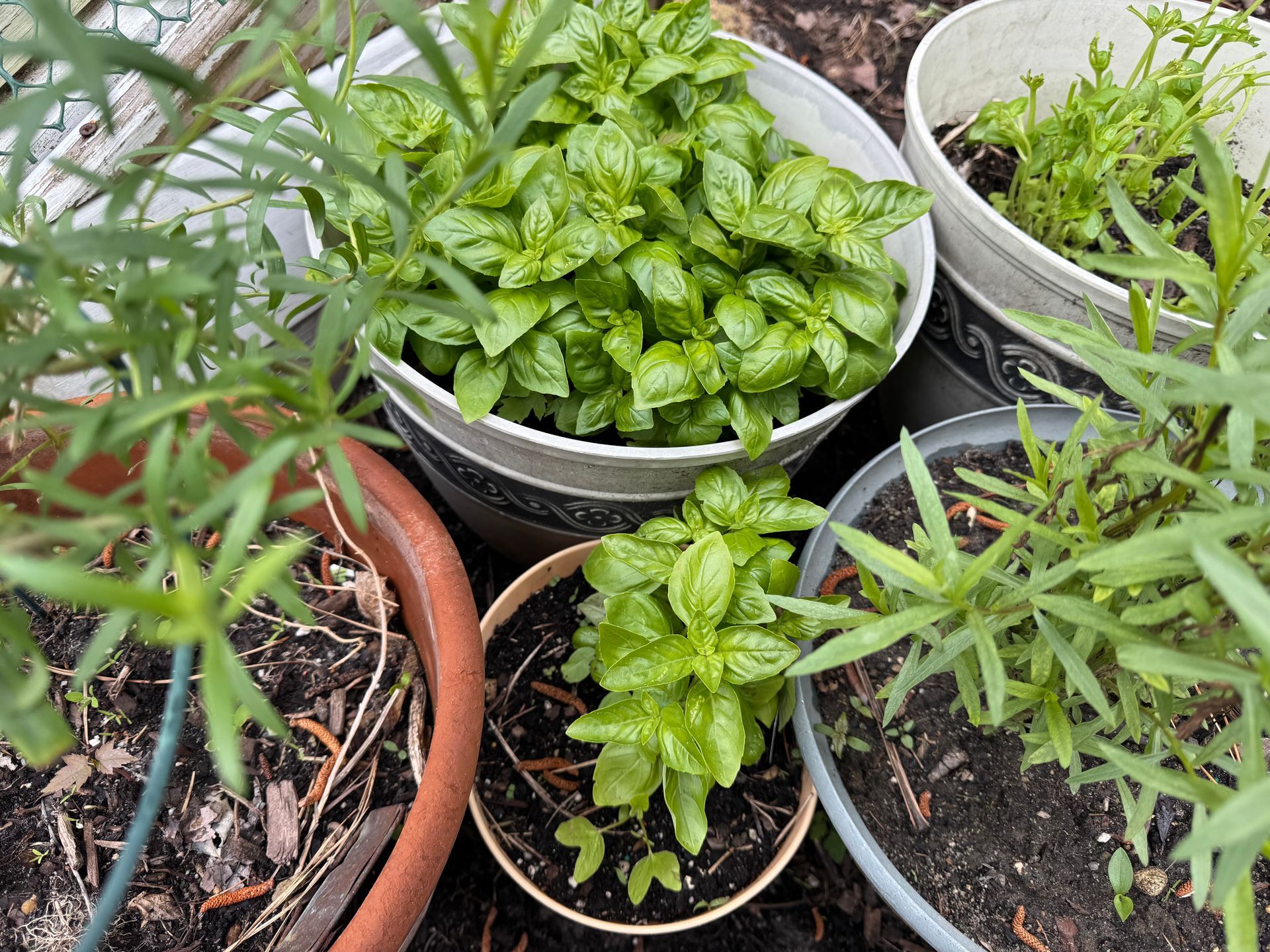
Senate Bean Soup is one of those enduring American classics — simple, hearty, and steeped in tradition. Served daily in the U.S. Senate dining room for more than a century, it’s a dish that reflects the straightforward, honest cooking of its era: navy beans, onions, potatoes, and the unmistakable depth of smoked pork.
Add croutons and it becomes classic!
Senate Bean Soup
When I taught this recipe to students at the Culinary Institute of America, I always emphasized its value as a foundational soup. It’s a masterclass in building flavor from humble ingredients and understanding how time, heat, and technique transform a few basic components into something deeply satisfying.
For me, the smoked ham hock is the soul of this soup. As it simmers, the collagen slowly melts, enriching the broth with body and texture, while the smoky aroma infuses every spoonful. It’s a perfect example of how traditional cuts — often overlooked today — can deliver exceptional flavor when treated with care. Of course I dice the ham and add it to the soup for extra flavor!
Senate Bean Soup is comfort food in its purest form: nourishing, approachable, and rooted in American culinary history. Below is my version, shaped by years of teaching, tasting, and respecting the craft behind great soup making.
Prep Time: 30 min
Cooking Time: 60 min
Yield: 6 portions
Ingredients
1 lb Navy beans, cleaned, rinsed and soaked
3 qts Pork stock (you can sub water)
1 ea Smoked Ham hocks
2 Cups Russet Potatoes, peeled and sliced
1 Cup Mirepoix, 1/4” dice
2 Tbsp Butter
1 clove Garlic, chopped fine
1 ea Sachet: (1 sprig of thyme, 1 bay leaf, parsley stems)
tt Salt and Pepper
How to prepare Senate Bean Soup
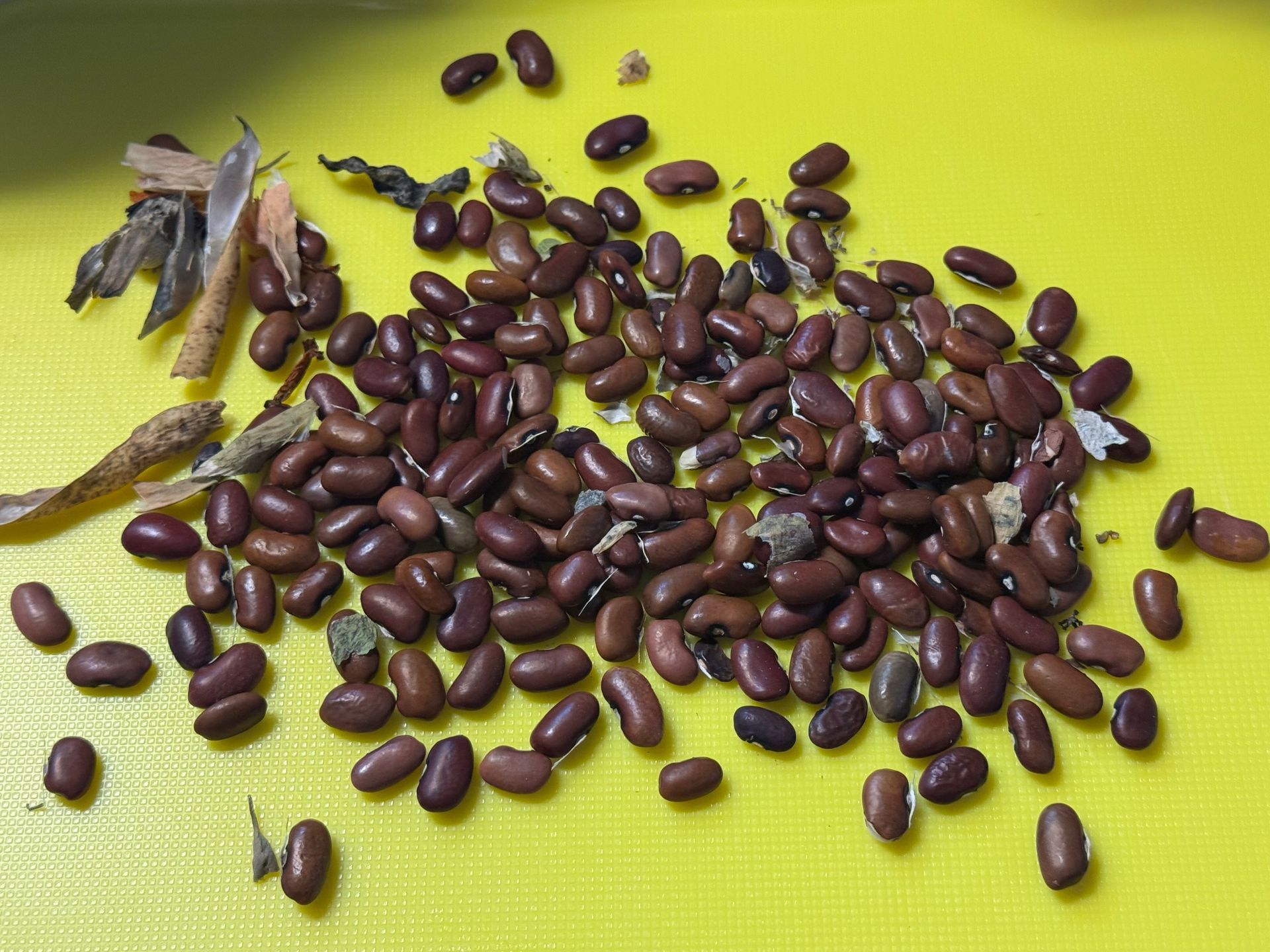


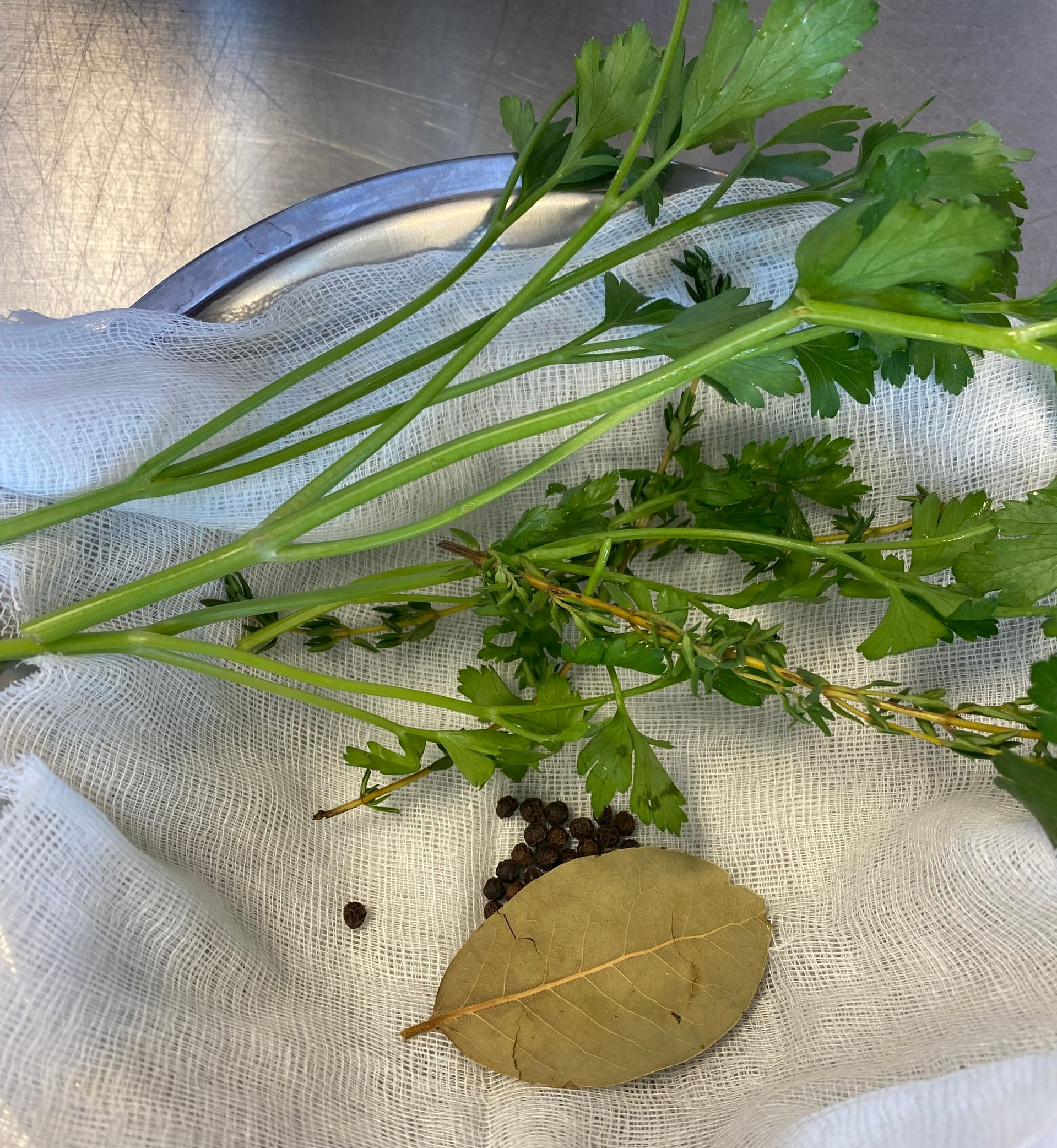
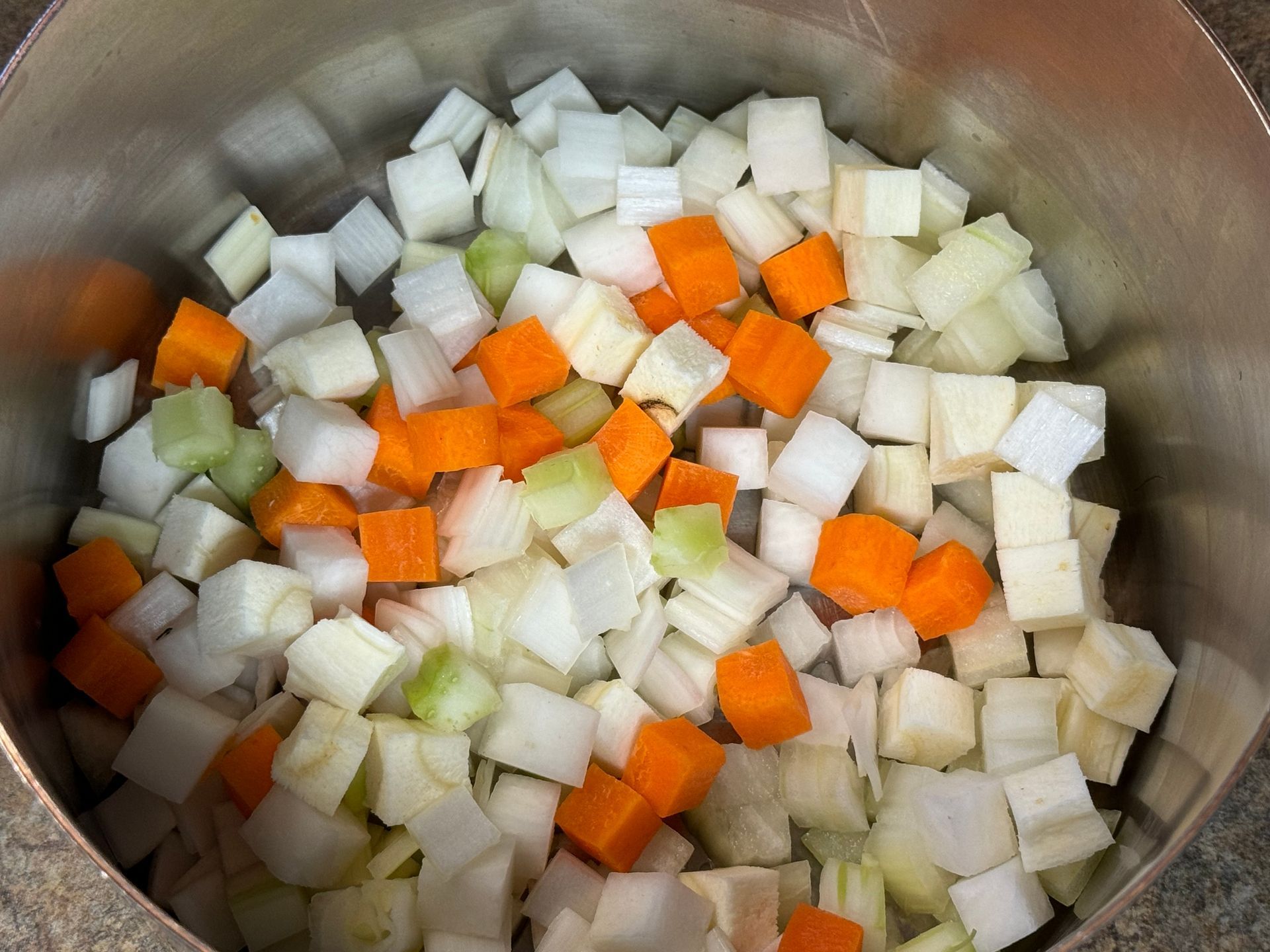
Step 1
If using dried beans, sort through the beans and pick out any debris, rinse in cool water and soak for 3 hours, strain.
Step 2
Place into a stock pot, Add the smoked ham hock, potatoes and stock.
Add the sachet d' epices. (bay leaf, peppercorns, thyme, parsley)
If using canned beans, simply add to the stock pot with the potatoes, stock and sachet e' epices.
Step 3
Sweat the mirepoix and garlic in butter until translucent/ tender. Add to the pot of beans.
Simmer until the beans are tender. (about an hour).

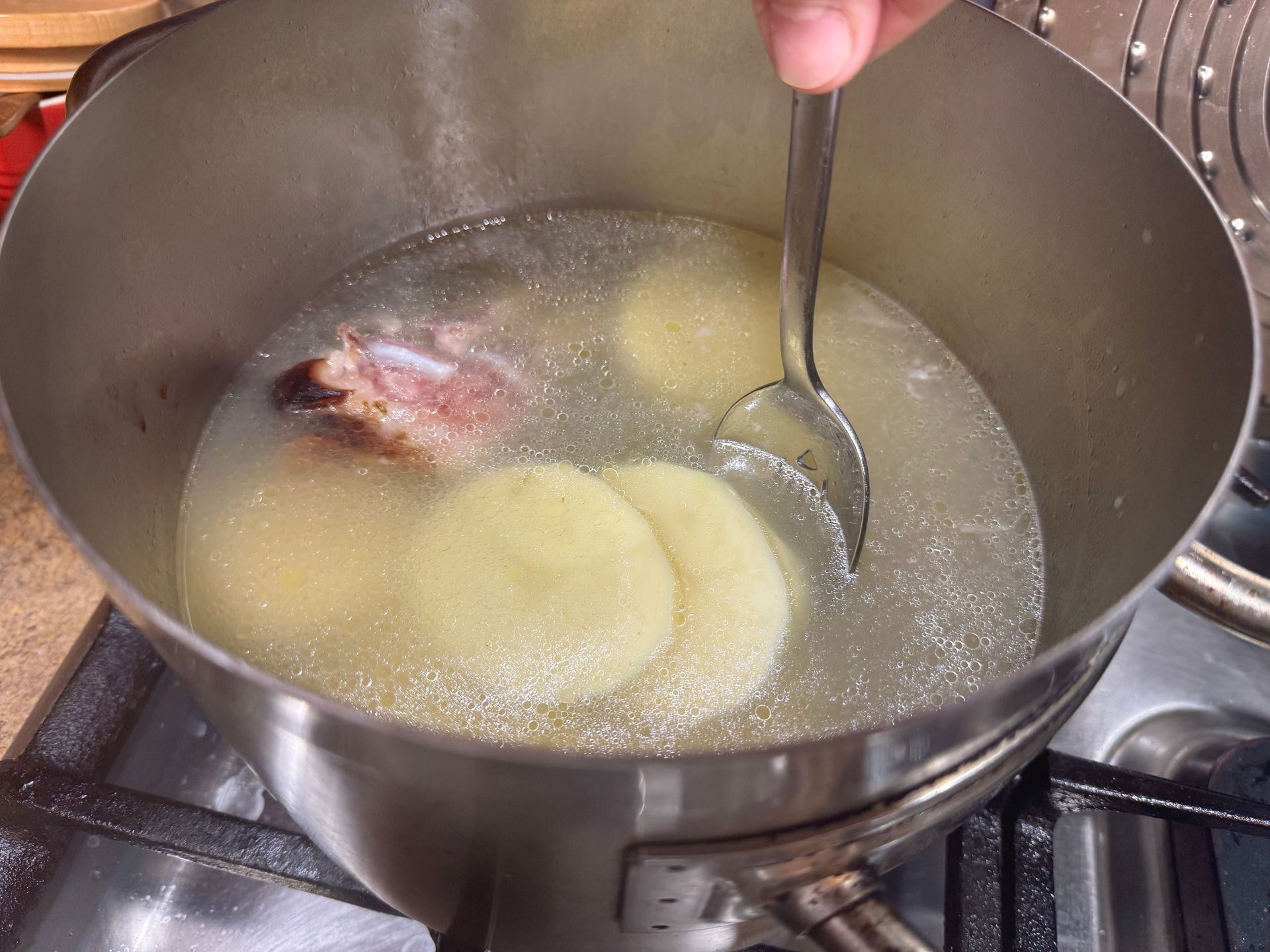

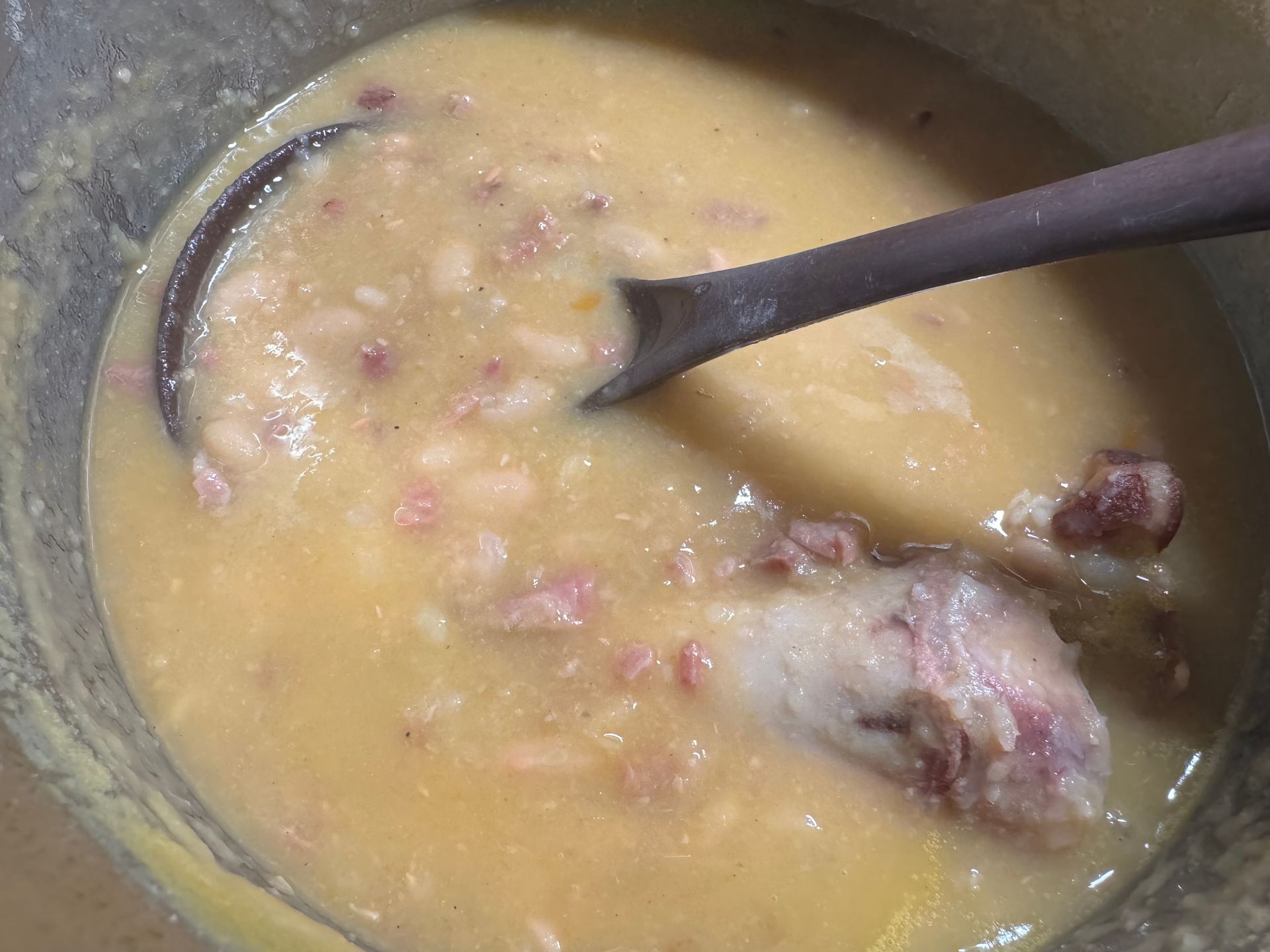

Step 4
Take out the the sachet d’epices and discard. Spoon about half of the beans into a bowl for garnish; try to get only beans.
Take out the ham hocks, reserve and cool.
Blend the remaining beans and vegetable mixture in a food processor/bullet etc... to puree.
I believe the texture of pureed soup should be rustic and course. If you prefer a smoother consistency, simply puree further or pass through a sieve, possibly add cream.
Dice the ham hocks into a small dice and add back to the soup along with the reserved beans.
Season to taste.

